How to Find Premium Tequila in a Saturated Market

Twenty years ago, tequila was considered the basest of spirits, relegated to dives and college bars. Most of what you’d see were mixtos, cheap versions made of 51 percent agave and 49 percent corn or sugar syrup, resulting in the type of low-quality swill that demanded not only a chaser but also a sort of pre-chaser. You may recall the ritual: Lick a pile of pure salt, choke down the shot, then bite into a lime wedge as your throat burns, your eyes water, and the regrets begin.
Today’s tequila landscape is unrecognizable. The growth has been profound. Tequila consumption in America has roughly doubled in the past seven years, recently overtaking whiskey and set to pass vodka. What’s more, the majority of the ascent has left mixtos behind: In 2022, for the first time ever, 7 of every 10 bottles of tequila consumed in America were 100 percent agave. Tequila is so popular, agave distillates have begun to pop up all over the world, including in South Africa, India, Australia, Peru, and New Zealand—where there’s a distillery making a limited-edition Blue Weber agave that sells for nearly $600 a bottle. The spirit cannot be labeled “tequila,” unless it’s made with Blue Weber agaves in one of five designated states in Mexico, the most famous of which is Jalisco. (That New Zealand bottle is known as TeKiwi.)
More from Robb Report
How to Make a White Toreador, the Tangy Tequila Cocktail Created by One of the World's Best Bars
This New Ultra-Premium Tequila Was Aged in Jack Daniel's Barrels
Jose Cuervo Is About to Drop a New Ultra-Premium Cristalino Tequila-and We Got a First Taste
“Tequila doesn’t taste like cupcakes.”
– Eduardo “Lalo” González
Arguably more dramatically, there has been a radical transformation of tequila’s reputation. Since George Clooney and his partners Rande Gerber and Mike Meldman famously sold their Casamigos tequila brand in 2017 for a billion, a tequila company has practically become a lifestyle accessory for Hollywood royalty, TV stars, NBA heavyweights, musicians, comedians, socialites, influencers, and whichever one(s) of these Kendall Jenner is (hers is called 818). Dwayne “the Rock” Johnson’s Teremana tequila, launched in 2020, is already the industry’s 10th-largest brand and the fastest growing in the spirit’s history.
But listen closely enough and you hear a heavy sigh from distillers and aficionados alike. The rapid proliferation of tequilas—there are currently almost 3,000, a full third of which were created in the past five years—means that while consumption has never been higher, it has also never been harder to separate the signal from the noise. With no shortage of folk eager to sell you their $100 blancos, it’s no surprise that many of these products are built more on marketing than on quality. There’s a code of honor in tequila; no one publicly insults anyone else’s brand. But as distillers and professionals will tell you, there are basic universal principles of good tequila making. And if you’re hoping to find a truly premium version, it helps to know what those tenets are.
Complexity From the Ground
Tequila and its cousin, mezcal (a spirit made in Mexico from any type of agave plant), have a superpower: They are the only spirits in the world for which the standard way to enjoy them is neat, at room temperature, and unaged—at least, not the way we tend to think about aging. Blancos, by far the most popular variety, never see the inside of oak barrels.
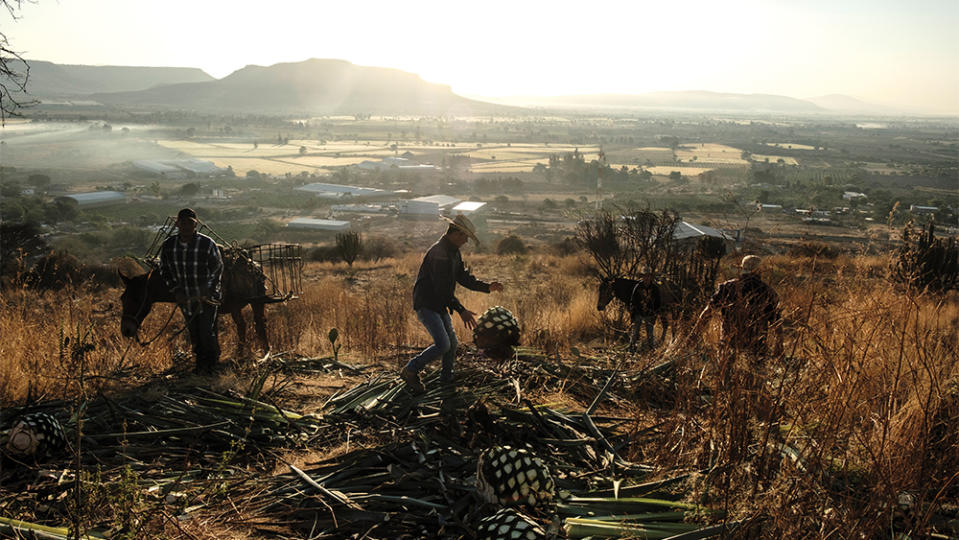
“With tequila, it’s very important to understand that maturation begins in the fields,” says Sergio Mendoza, who produces Don Fulano and Fuenteseca, among other premium brands. As part of a long line of agave farmers, he’s one of the few tequila producers to own his own plants. “When you talk about maturation, people expect you to start talking about barrel aging,” he says. “But we’re talking about a raw material that is way more complex than most raw materials used to make spirits.”
Agaves take a long time to grow. You’ll almost never hear anyone talk about where the corn or wheat for their whiskey comes from, because those grains are harvested every fall and don’t express much of a sense of place. Blue Weber agaves, on the other hand, take an average of seven years to reach maturity. Agaves have terroir, like wine grapes, and when fully ripe have an inherent complexity. “You can literally put a glass up to the still and you’re drinking a product that has a maturation of seven or eight years,” says Mendoza.
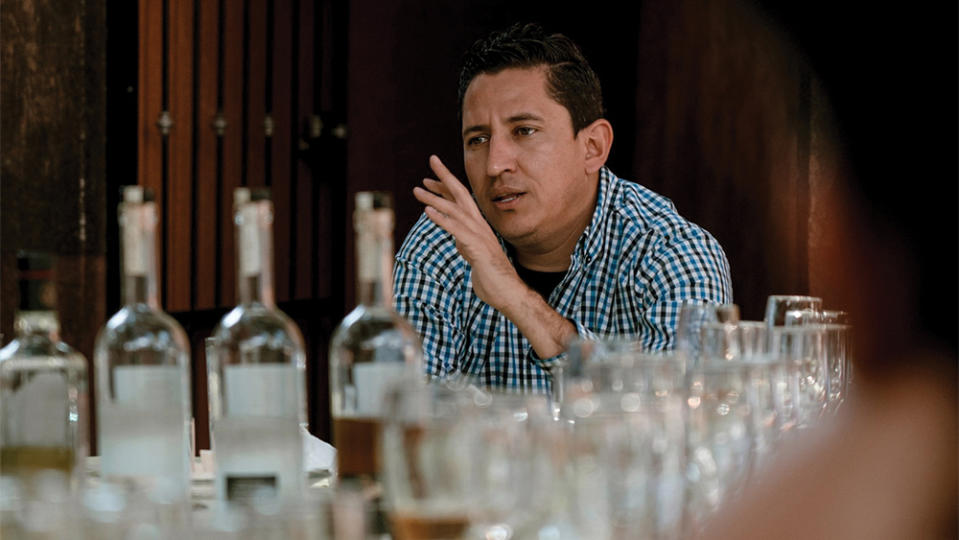
Agriculture is one aspect of the industry damaged by the recent surge of interest in tequila. The agaves that are becoming ripe this year were planted when demand was half of what it is today, inflating their price. Rather than pay the premium, unscrupulous distillers will harvest immature agaves in the name of higher margins. “Harvesting young sacrifices all the richness of flavor, the complexity, the depth, everything we identify with tequila,” Mendoza laments. “There’s nothing you can do in the process to make up for that mistake. That’s why so many of them use additives, to make up for everything they’ve lost.”
Additive Free
Additives are the open secret of the tequila industry, the thing no one used to talk about. Even if a label reads “100 percent agave,” the liquid inside might be only 99 percent agave, because producers can still add up to 1 percent by volume of lab-designed sugars, oak essence, glycerin, or caramel coloring without being required to disclose that they’ve done so. In other words, tequila brands can (and do) say that their vanilla sweetness is a result of extra-special barrels or extra-delicious agaves when, in fact, the flavor comes courtesy of industrial sweeteners they’ve dumped into the tanks.
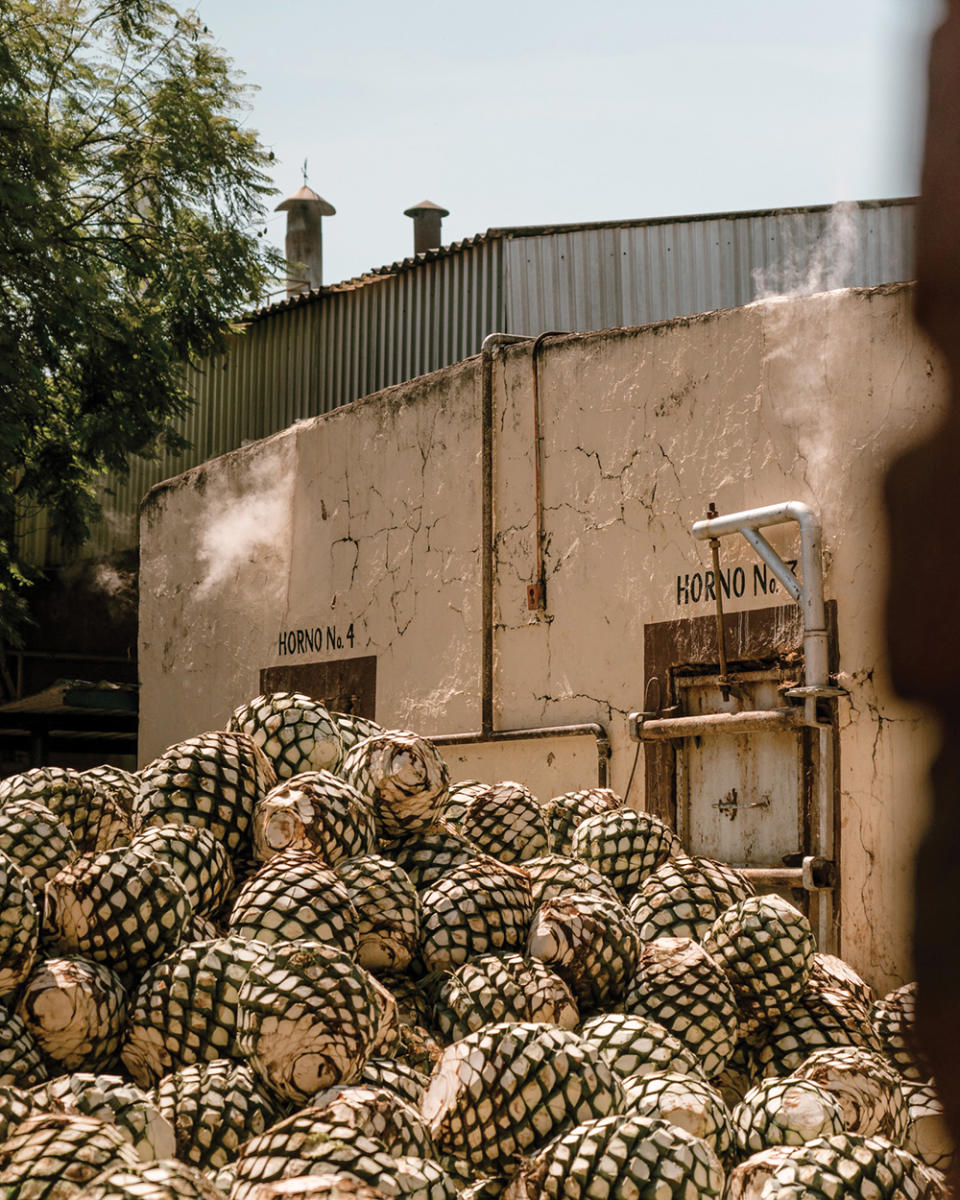
“Tequila doesn’t taste like cupcakes,” says Eduardo “Lalo” González, who launched his additive-free tequila, Lalo, in 2021. In his view, undisclosed additives mislead the consumer to think “that good tequila tastes like vanilla or bubble gum.” González named his business in honor of his father, a tequila maker himself also called Lalo, who started a brand to honor his father in the 1980s called Don Julio. González believes that a big part of Lalo’s 160 percent year-over-year growth is thanks to consumer demand for unadulterated spirits.
Aiding in the pushback against additives, in 2020 the independent informational website Tequila Matchmaker introduced a Confirmed Additive Free certification to its database of over 5,000 bottles, providing aficionados an easy way to search for uncorrupted spirits. (As of this writing, 102 brands have made the list.) “The additive-free certification is going mainstream,” says Grover Sanschagrin, who, with his wife, Scarlet, operates the site. “Retailers tell us it’s an easy sell and has become a differentiator on the shelf. People are telling us now that they can’t get a distribution deal unless they’re on the list.”
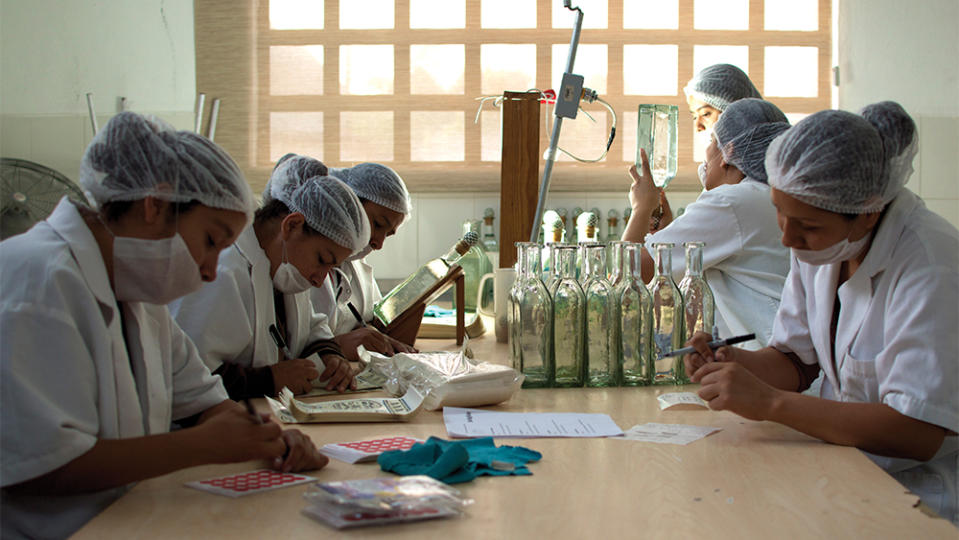
Nick Lutz and Adam Craun, cofounders of the brand-new company El Negocio, sought Tequila Matchmaker’s certification before bringing their product to market—and even before they began production. (The brand debuted on shelves in October.) “When we started interviewing different distilleries, we were only really interested in ones that held true to traditional methods,” says Lutz. “Traditional methods do not include dumping sugar, wood flavor, and all that stuff into the product.” Craun is a winemaker—a cofounder of Memento Mori, makers of a 100-point Napa Cab—so his interest in discerning a sense of place in the liquid, influenced by the weather, the soil, and the agave, means that going additive-free was integral to the project. (In fact, Lutz and Craun have such faith in the ability of tequila to take on terroir that they believe connoisseurs will be able to identify and celebrate the nuances in yearly vintages just as wine collectors do.)
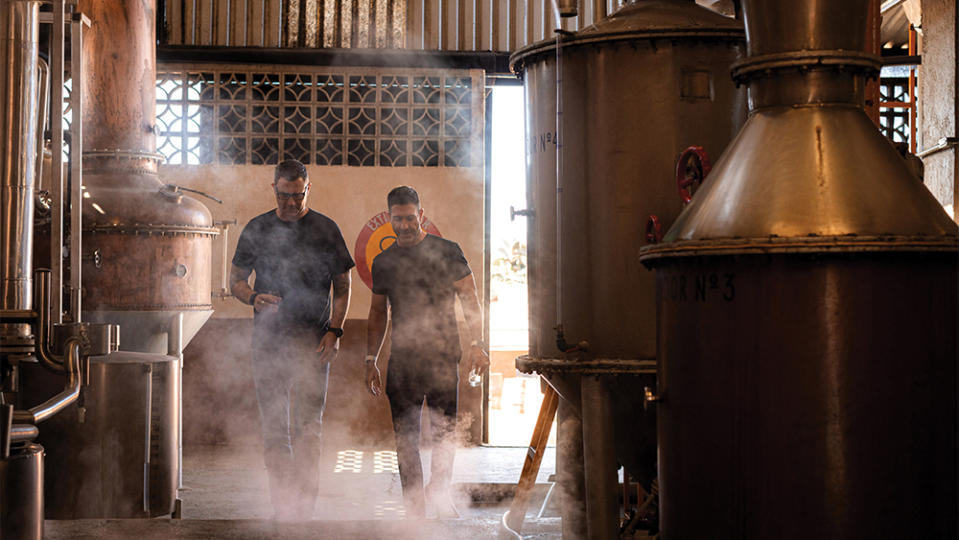
The Sanschagrins, for their part, say that they don’t believe additives are necessarily bad, or that people who prefer tequila with additives are wrong; plenty of consumers clearly favor a sweeter tequila, which reduces the perception of alcohol burn. Rather, the Sanschagrins say they initiated the certification system simply out of frustration with the lack of transparency.
González agrees. “If I have a latte and I put milk and Splenda in it, someone could say, ‘That’s additives!’ ” he explains. “I say, ‘Of course it is! But I know about it.’ ”
Heritage
For every step in the tequila-making process, there’s a way to do it cheaper, quicker, and more industrially. While traditional producers slowly roast their agaves in brick ovens for 36 to 72 hours, others rely on autoclaves, which utilize pressurized steam, to shorten the cooking time to only 7 to 12 hours. Still others employ diffusers, building-size industrial machines that use high-pressure water to shred the agaves without cooking them at all, thereby extracting tremendous yields and completing the whole operation in just a few hours. Critics say that if a brick oven is akin to a slow cooker, a diffuser is like a microwave.
“There aren’t many people who make tequila our way, because it’s so expensive to make it our way,” says Guillermo Erickson Sauza. You may recognize the surname. His great-great-grandfather Cenobio Sauza bought a distillery 150 years ago in a small village in Jalisco called Tequila and started making an agave spirit that he would name after the town. The company passed from father to son for 100 years until Francisco Javier Sauza, Guillermo’s grandfather, sold it in 1976. Today the Sauza tequila brand is owned by the multinational behemoth Beam Suntory, Inc.
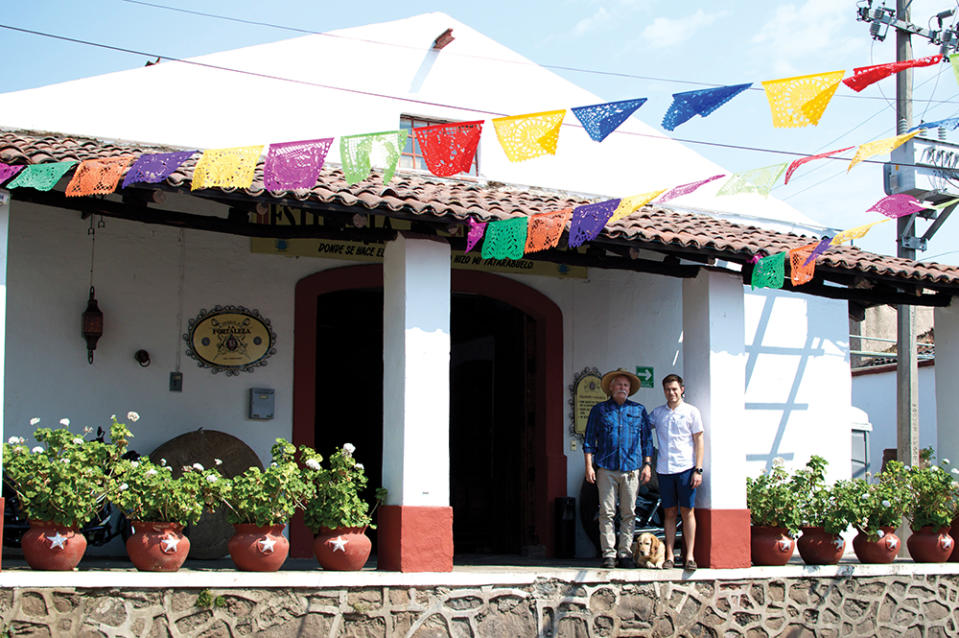
In 2005, Sauza dusted off some ancient distilling equipment the family still owned and started making a tequila he initially called Los Abuelos (“the Grandfathers”), though after a trademark dispute, he changed the name to Fortaleza. Sauza endeavored to make tequila by the same methods his family practiced a century ago, using fully mature agaves, brick ovens, pine tanks for fermentation, and small copper stills—and avoiding additives. He also took the process one step further by reviving an archaic technique to separate the fibers from the juice with a two-ton volcanic stone called a tahona, which used to be pulled by a donkey named Chencha. (The electric tractor that has since replaced Chencha is the only bit of electricity in the whole operation.) “We take a hit on yields,” Sauza says but insists the flavor is unmatched.

The point is not that a tahona makes a better product than a screw mill or a roller mill—this question is a matter of some debate among aficionados, though the community finds easy unanimity in condemning diffusers—but that tequila is an expensive and difficult product to make well. Shortcuts are always available, tempting brand owners with promises of higher yields and profits. Unless it’s personally important to the owner to follow tradition, they won’t. “If you’re building a business to sell it off and make money,” Sauza says, “you certainly aren’t going to do it with a tahona.”
Still, he finds equanimity in the shadow of these shiny new giants. While he’d prefer that consumers support family-owned Mexican brands, he points out that the new interest in tequila from multinational companies and consumers around the world is likely a net positive. “George Clooney and the Rock are bringing in people that might never have considered drinking tequila,” Sauza says. “And that’s good for our industry.”
Six to Savor
These bottles from small producers, all worthy of any true aficionado’s cabinet, value process and craftsmanship over influencer hype.
Tequila Ocho Blanco
Ocho was among the first tequila brands to experiment with terroir on a large scale. Batches vary year by year, but expect pepper, tropical fruit, and citrus on a broad base of roasted-agave nectar. $50
Siete Leguas Blanco
Siete Leguas has been a consistent favorite of tequila connoisseurs since its founding in 1952. This bottle features an explosion of roasted agave, with citrus, earth, minerality, black pepper, and honeysuckle-like florals all kept in perfect balance. $50
G4 108 High Proof Blanco
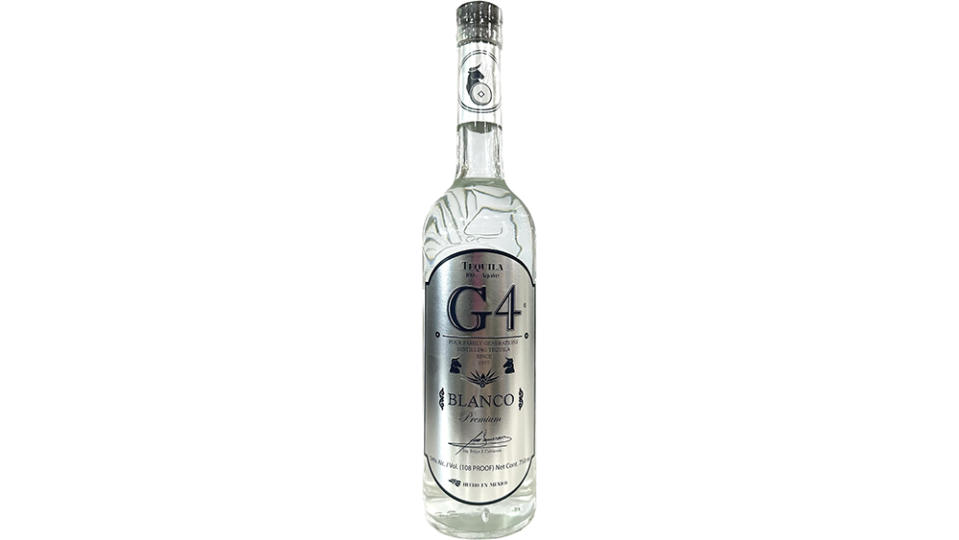
While tequila sold in the U.S. is almost always bottled at 40 percent alcohol, it can legally go all the way up to 55 percent. This excellent high-proof example, from the third-generation producer Felipe Camarena, sits at 54 percent but doesn’t read hotter so much as louder, fuller, and more impactful. $75
Fortaleza Reposado
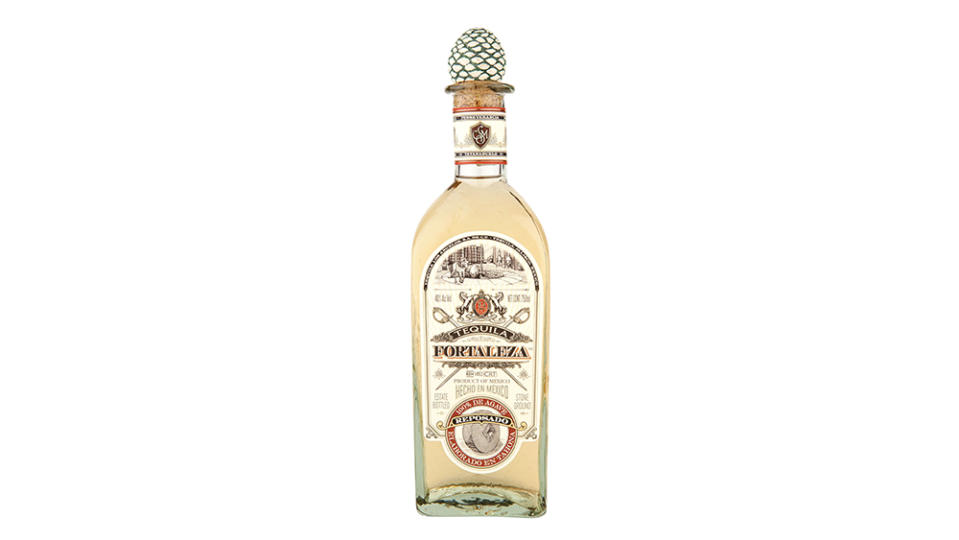
Tequila is its truest self when unaged (blanco), but a touch of barrel maturation can enhance
its flavors. This full-bodied tequila (frequently sold by retailers for more than twice its sticker price) spends six to nine months in used bourbon barrels, resulting in an almost buttery richness. $70
Cascahuin Tahona Blanco
This special edition showcases the classic agave and pepper flavors alongside an enticing greener note reminiscent of jalapeños or even olives. It’s made by the same Cascahuín distillery that produces the equally excellent El Negocio. $90
Fuenteseca Cosecha “Huerta Singular” Blanco 2018
The deepest exploration yet into the idea of “single vineyard” tequila, this limited-edition variety was
made from a high-altitude plot in Michoacán. Baking spices, intense minerality, and bold, fresh herbs bound out of the glass. $150
Best of Robb Report
Why a Heritage Turkey Is the Best Thanksgiving Bird—and How to Get One
The 10 Best Wines to Pair With Steak, From Cabernet to Malbec
Sign up for Robb Report's Newsletter. For the latest news, follow us on Facebook, Twitter, and Instagram.

